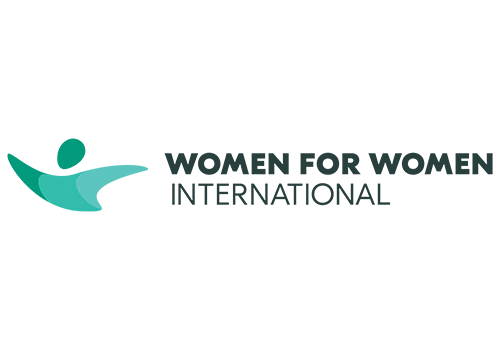In August 2021, many Afghan women’s rights activists (WRAs) and women human rights defenders (WHRDs) fled Afghanistan out of fear for their safety and security under the new regime. In June 2022, Women for Women International and the Women’s International League for Peace and Freedom (WILPF) shared a report and policy brief outlining key findings and recommendations based on research and outreach to Afghan WRAs/WHRDs that have continued their advocacy for women in Afghanistan – from all over the world. Their insights help us understand how we can support them in overcoming their personal and professional challenges as refugees and asylum seekers, as well as how to take advantage of the opportunities to support their work and leadership of the Afghan women’s rights movement.
Additional resources:
